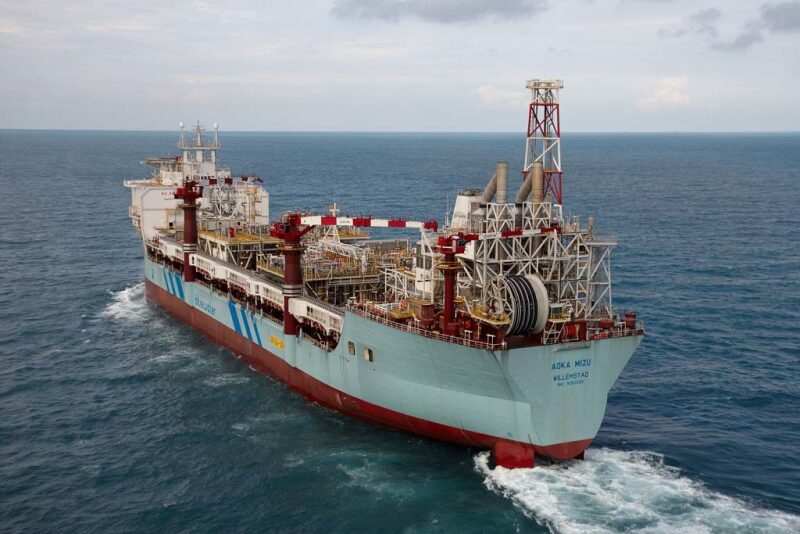Hurricane Energy has taken delivery of the subsea systems from TechnipFMC for the Lancaster field Early Production System (Lancaster EPS), located in the West of Shetland oil field in the UK North Sea.
TechnipFMC delivered the horizontal Xmas tree systems for the Lancaster EPS from its facility in Dunfermline, Scotland. Following the delivery, Proserv UK will carry out testing of the systems using its intervention workover control systems. Once testing is completed, the Xmas tree systems will be prepared for loading onto the rig, to be installed on the UK continental shelf (UKCS) later this year. TechnipFMC also delivered the floating production, storage, and offloading (FPSO) subsea control system from its facility in Kongsberg, Norway. It is now being shipped to Dubai for installation on the Aoka Mizu, the FPSO that will be used for the EPS phase of field development.
Hurricane plans to complete installation of the Lancaster turret mooring system (TMS), supplied by Bluewater, and the subsea systems from TechnipFMC during Q2 and Q3 2018. The company ordered the Xmas trees and control system in December 2016, and Hurricane CEO Robert Trice said in a statement that they were some of the key lead items that drove its financing schedule in 2017.
The Lancaster field is located on the UKCS Blocks 205/21a, 205/22a, and 205/26b. It is in relatively shallow water of approximately 160 m. The EPS concept is based on production from the existing Lancaster 6 horizontal well and a horizontal sidetrack well being completed and tied back to the FPSO via individual flowlines. The design allows for topsides metering of the individual wells and employs dual-pod electrical submersible pumps in each well to provide artificial lift with additional well data provided from downhole gauges.
Hurricane’s primary goals in the EPS phase are re-entry and completion of the two horizontal wells; procurement, fabrication, installation, and commissioning of subsea infrastructure; and recommissioning of the Aoka Mizu. The company is planning to start up the field in the first half of 2019. This is subject to engineering, procurement, and construction progress, but Trice said in a statement that the company is still on schedule to achieve this timeline.
Technip was awarded the integrated engineering, procurement, construction, and installation contract in September that covered the provision of subsea equipment including umbilicals, risers, flowlines, and the subsea production system for the project.
Lancaster’s development is part of a larger effort to boost UK oil and gas production after a period of investment decline. Hurricane is expecting to produce 17,000 BOPD from the initial production system, which may lead to more significant development in West of Shetland. In its Business Outlook 2018 released earlier this week, the industry body Oil and Gas UK forecast that North Sea production will grow 5% this year, but low levels of drilling make the outlook for future years more uncertain.

